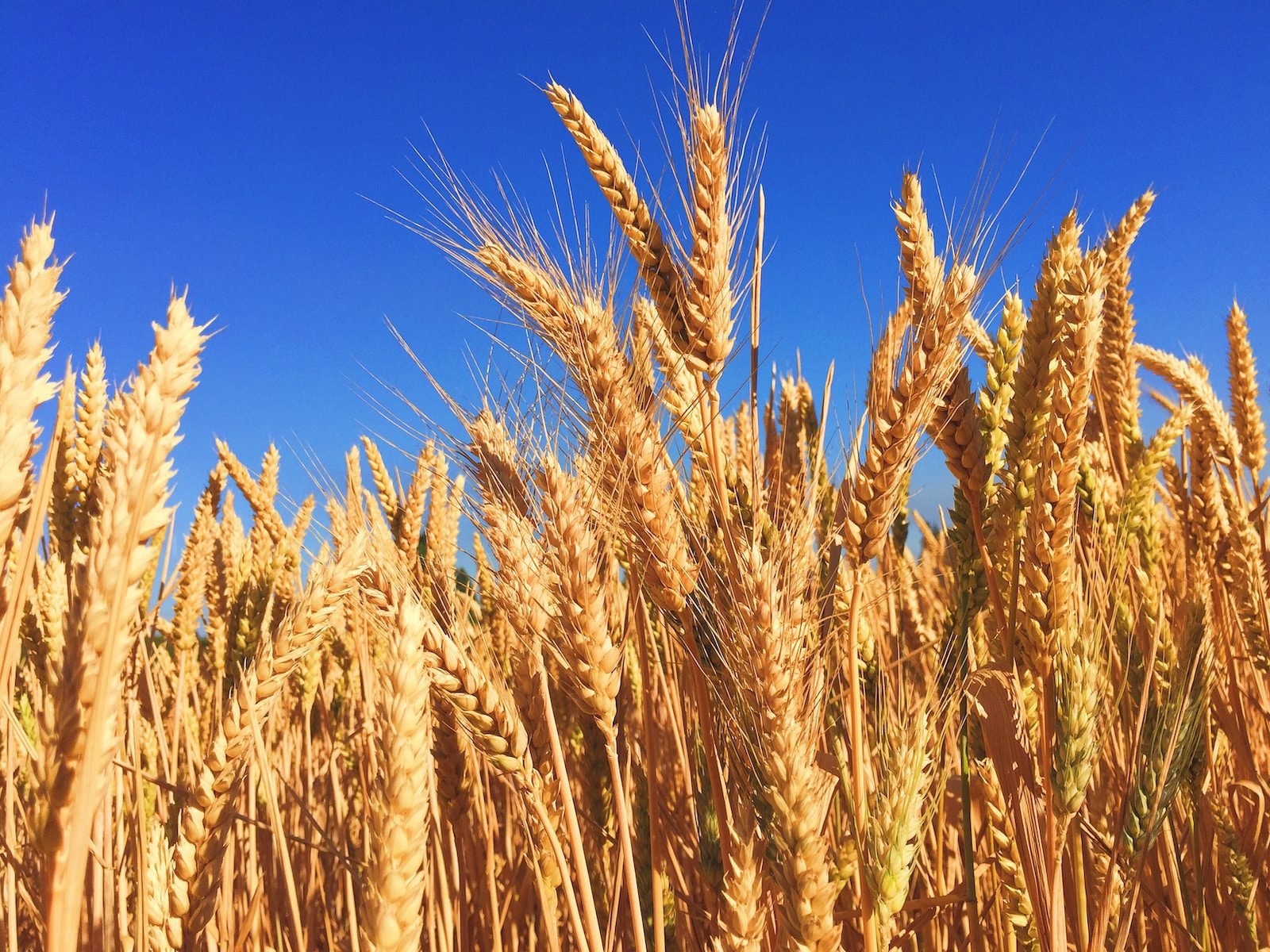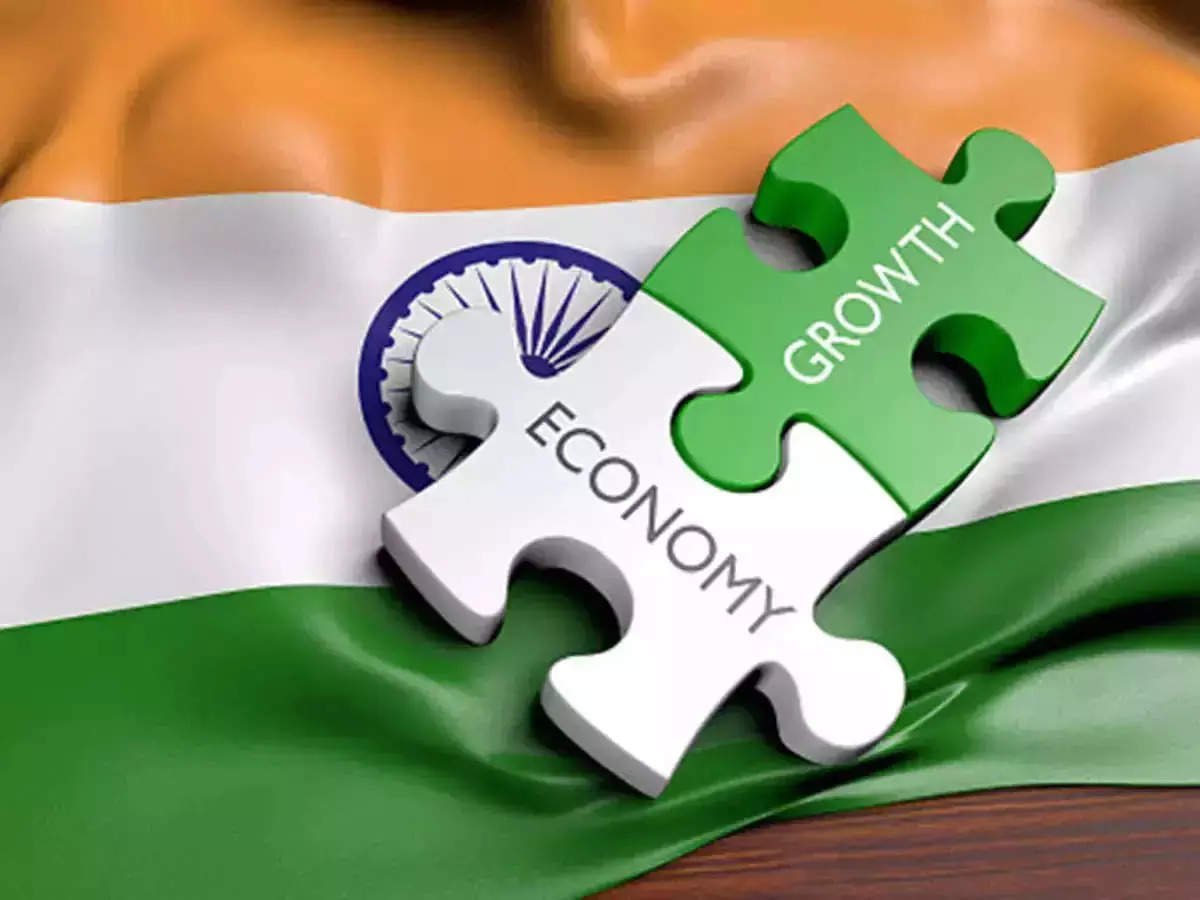Due to unseasonal rainfall in important wheat-producing areas, wheat prices have started to rise once more despite the government undertaking open market operations to control prices. Even before the government began its open market sale programme, the ministry of consumer affairs, food, and public distribution reported that wheat prices had risen by 14% in 2022.
As a result of rising gasoline and food prices, retail inflation has continued to linger over the Central Bank of India’s upper tolerance level. Despite a little decrease in retail food inflation to 5.95% in February from 6% the month prior due to worries about a potential heat wave, cereal prices increased to 16.7%.
Officials claimed that, as a result of the export prohibition last year, India is now receiving fewer requests for wheat under the government-to-government (G2G) route and that the global supply of wheat has decreased. Moreover, the UN has not requested any wheat from India for the world food programme during this fiscal year.
While Madhya Pradesh, the second-largest grower, received 17.2 mm of precipitation—more than 20 times the average—a significant wheat-producing state, Uttar Pradesh experienced a 44-fold increase in rainfall at 20.2 mm between March 16 and 22. In a similar vein, data from the India Meteorological Department (IMD) showed that other important producing states like Punjab and Haryana experienced over two times and twenty times more rainfall, at 18.9 mm and 23.7 mm, respectively.
“Standing crops were harmed by recent rain and hailstorms in Madhya Pradesh, Maharashtra, and Rajasthan. The harvest quality has also declined, which has increased demand for wheat of the highest calibre “Aniket Mehta, a merchant headquartered in Kota, stated. “Harvesting operations in Punjab, Haryana, and Uttar Pradesh, which traditionally begin on April 1, could be affected if the rainfall lasts for the next week. This could cause a 10-15-day delay in the delivery of new wheat. Yet, a lot of this will rely on the weather “Added he.
According to data provided by the Food Corp. of India, the opening balance of wheat at the central pool in March 2023 was at a 5-year low of 11.67 MT compared to the 13.8 MT buffer norm need. The sum that is carried forward from the end of the previous accounting period or upon beginning an accounting period is known as the opening balance. IMD anticipates rainfall over Punjab, Haryana, Uttar Pradesh, and west Rajasthan in the upcoming two days, along with thunderstorms and hailstorms, as a cyclonic circulation over Iran and surrounding territories is likely to travel towards north India. “The delay in new wheat’s delivery due to the anticipated rain in the next few days may increase prices by $50 a quintal in Delhi, “said Indrajit Paul, Agrevolution’s assistant general manager.
There is little doubt that after the government announced plans to sell 4.5 million tonnes of wheat on the open market to stop the price increase, wheat prices in Delhi dropped to 2,400 a quintal from 3,200.
Some experts predicted that once wheat enters the markets in full force around the end of April, prices may begin to decline. But in the long run, prices are anticipated to remain above the minimum support price of $2,700 a quintal “Commodity expert Rahul Chauhan said. The Center has set the MSP for wheat for the rabi season of 2023–24 at Rs. 2,125 per quintal.
In important markets like Bareilly, Indore, Kota, and Delhi, the price of mill-quality wheat has rocketed up by 1–4%. According to reports from the spot market, mill-quality wheat was traded on Thursday for between 2,211 and 2,500 per 100 kg in the benchmark markets.
After the government ended the open market sale of wheat on March 16, prices have risen. In Madhya Pradesh, Uttar Pradesh, Delhi, and Rajasthan, wheat was priced between $2,250 and $2,450.
In contrast to the 107.7 million tonne forecast for the previous season, the government expected that wheat output will reach 112.2 million tonnes in the summer of 2022–23 (July–June).
Although it is too soon to say whether production would decline because it relies on how the weather behaves in the next few days, quality degradation is anticipated because it will rely on weather conditions “said Chauhan.
Although wheat prices are still under pressure, officials claim that there is now more wheat available internationally because to the UN-mediated Black Sea Grain Initiative, which allowed Ukraine—one of the last countries to harvest grains—to provide grains despite the ongoing conflict.
“Indian government-to-government (G2G) demands for wheat have decreased. In actuality, such demands have not been made in recent months, especially since the Black Sea Grain Initiative boosted the supply of wheat internationally “the first official added.
In July of last year, Russia and Ukraine signed the Black Sea Grain Initiative, which was mediated by Turkey and the United Nations (UN). Grain cargo ships were given safe passage from three Black Sea ports in accordance with the agreement. According to the UN, more than 11 million tonnes of agricultural products were delivered after the agreement.
Another source stated that no requests for wheat under the world food programme have come from India.
“The World Food Programme (WFP) has not requested wheat from India during the current fiscal year, but we have never refused to supply it. Bangladesh has received the majority of the wheat shipped via the government to government (G2G) channel. Also, some of it was sent to Afghanistan “The second representative claimed.
Brokerages have stated that wheat prices may be impacted by the uncertainties surrounding the recent weather.
Although there is some uncertainty due to recent weather circumstances, wheat prices may potentially have peaked. Milk and its derivatives are under upward pricing pressure. Because of El Nio predictions and the impact on consumer stocks, demand is uncertain “On March 21, Jefferies stated in a report.
India may extend its ban on wheat past March in order to control prices, according to a previous Mint story.
In May 2022, the government outlawed the export of wheat as exports accelerated as a result of the conflict in the Ukraine and total production decreased 2.5% as a result of a heatwave, placing pressure on domestic availability.
A significant rabi crop, wheat accounts for 35.5% of India’s total foodgrain production. After China, India is the world’s second-largest producer.
Source:mint





